Bamboo is a type of non-toxic, durable and easy-to-grow plant, with many applications in life. One of the most common ways to use bamboo is to make it into kitchen utensils, such as spoons and forks, chopsticks, cutting boards or baskets. Making kitchen cutleries from bamboo not only saves costs, but also is environmentally friendly and brings natural beauty to the kitchen space.
In this article, we will guide you how to make bamboo utensils in a simple and effective way. Have a read!
Contents [hide]
1. What are bamboo utensils?
Bamboo utensils refer to kitchen tools and implements that are crafted from bamboo, a type of soft, durable, and easily grown plant. These utensils can include items such as spoons, chopsticks, cutting boards, and baskets.
Making kitchen tools from bamboo is a popular choice due to its cost-effectiveness, environmental friendliness, and the natural beauty it adds to the kitchen space. The versatility and sustainability of bamboo make it a favored material for creating various utensils for everyday use.
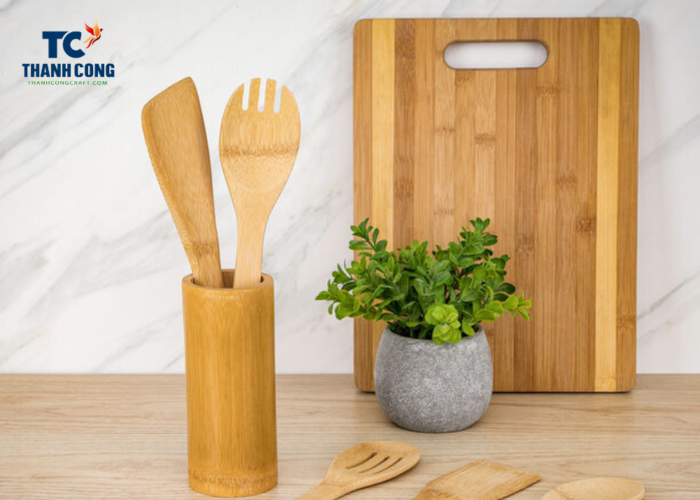
Bamboo utensils can also be recycled or biodegraded after use, helping to reduce waste and preserve natural resources. Bamboo utensils encompass various types such as chopsticks, spoons, forks, knives, cutting boards, and other cooking tools.
1.1 Bamboo utensils benefits
Bamboo cutlery kitchenware comes with numerous health and environmental benefits, including:
- Natural Antibacterial Properties: Bamboo exhibits natural antibacterial qualities, helping to inhibit the growth of disease-causing bacteria on the surface of utensils.
- Absence of Harmful Chemicals: Bamboo does not contain hazardous chemicals like BPA, phthalates, formaldehyde, which can be harmful to health when in contact with food.
- Rapid Renewable Resource: Bamboo is a quickly renewable resource, aiding in minimizing deforestation and environmental pollution. It also has the ability to absorb CO2 and release oxygen, contributing to air purification.
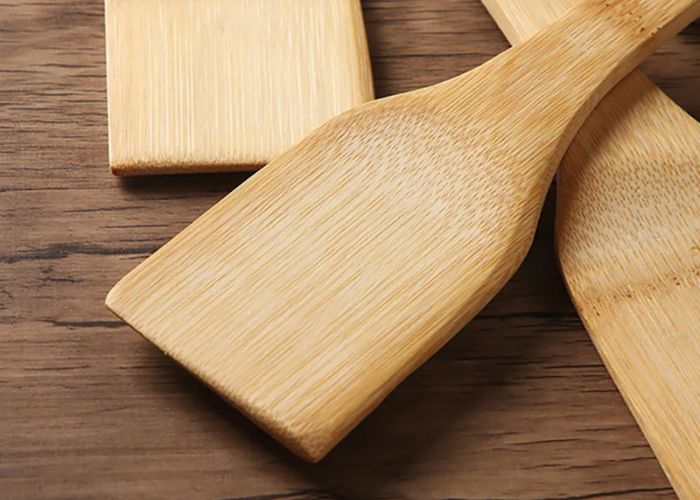
- High Durability: Bamboo possesses high durability and resilience against heat and impact. Bamboo kitchenware can be used for an extended period without warping, cracking, or deteriorating.
- Natural Aesthetics: With its natural color and shape, bamboo brings an elegant and cozy aesthetic to the kitchen space. Bamboo kitchenware is also easy to clean and maintain.
Therefore, bamboo kitchen utensils are a smart and economical choice for your household. You can explore high-quality products from reputable brands in the market or embark on crafting your bamboo kitchenware using readily available materials.
2. How to make bamboo utensils?
Step 1
Choose mature bamboo stalks with a diameter suitable for the utensils you want to make. Use pruning shears or a saw to cut the bamboo into the desired lengths for utensils. Common lengths are around 6 to 12 inches.
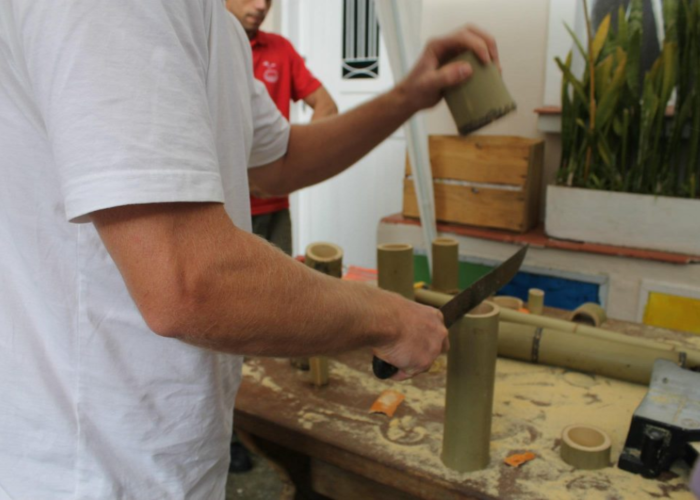
Step 2
How to make bamboo cutlery? If making flat bamboo utensils, split the bamboo in half lengthwise. Use a sharp knife or saw to carefully split the bamboo. Use a knife to carve and shape the bamboo into the desired kitchen utensil form. For example:
- For a spatula, shape one end into a broad, flat surface.
- To make bamboo spoon and fork, carve a concave shape on one end.
- For bamboo chopsticks, aper both ends with one end being smaller.
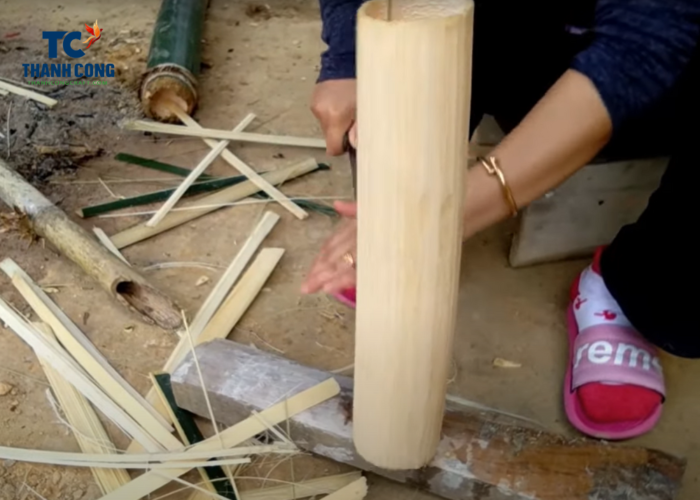
Step 3
Thin down one end of the bamboo piece to create a handle. Shape it according to your preference. Use sandpaper to smooth any rough edges. This step is crucial to ensure the utensils are safe to handle.
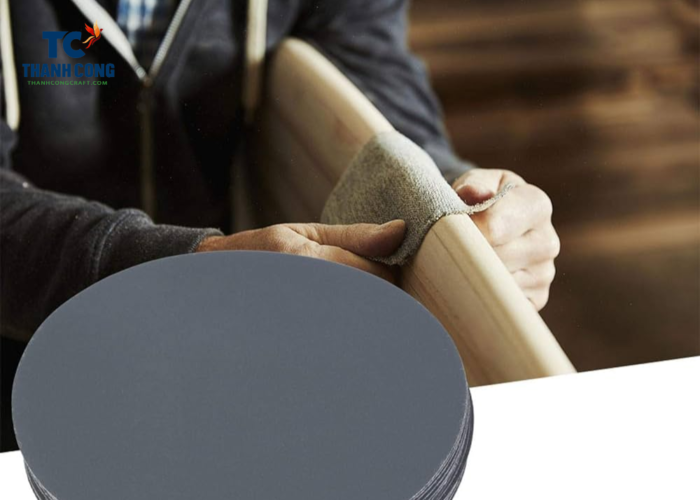
Step 4
If desired, apply a food-safe wood finish like beeswax or mineral oil to protect and enhance the bamboo’s appearance. Allow the utensils to air-dry completely. This ensures the bamboo is fully cured and ready for use.
You can olish the utensils with a soft cloth for a smooth and finished look.
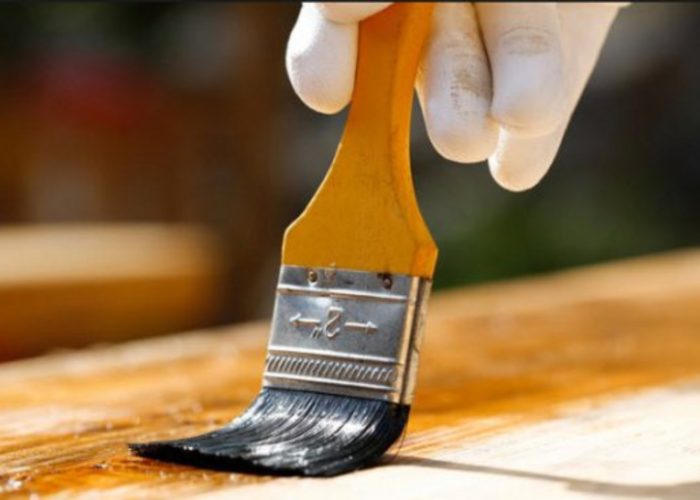
3. FAQs
3.1 Are bamboo utensils healthy?
Some individuals may question the health benefits of using bamboo utensils for cooking or eating. Numerous sources indicate that bamboo utensils offer several advantages over their plastic or metal counterparts. Here are some reasons:
- Environmental Friendliness: Bamboo utensils are environmentally friendly since bamboo is a rapidly renewable resource that easily decomposes, thereby reducing plastic waste in landfills.
- Safety for Food Use: Bamboo utensils are safe for handling food because bamboo does not contain harmful substances that could leach into food, especially when exposed to high temperatures. In contrast, certain plastic utensils may release hazardous chemicals when heated.
- Durability: Bamboo utensils are durable due to the stiffness and high impact resistance of bamboo. In comparison to single-use plastic utensils, bamboo utensils can withstand years of use when properly maintained.
- Lightweight: Bamboo utensils are lightweight as bamboo is lighter than metal, facilitating ease of use for both children and the elderly.
- Ease of Cleaning: Bamboo utensils are easy to clean, boasting a smooth and water-resistant surface. A simple rinse with warm water and soap, followed by proper drying after each use, is all that’s needed.
- Aesthetic Appeal: Bamboo utensils are aesthetically pleasing with natural colors and textures, contributing to a luxurious and elegant dining table setting.
3.2 How long do bamboo utensils last?
Some tips to extend the lifespan of bamboo utensils are:
- Wash them by hand with mild soap and warm water after each use. Avoid soaking them in water for too long or using harsh detergents or abrasive scrubbers that can damage the surface and cause cracks or splits.
- Dry them thoroughly with a clean cloth or air dry them in a well-ventilated area. Avoid leaving them in direct sunlight or near heat sources that can warp or discolor them.
- Apply a thin layer of food-grade mineral oil or beeswax to the surface of the utensils every few months to seal the pores and prevent moisture absorption and bacterial growth.
- Store them in a dry and cool place away from humidity and extreme temperatures. Avoid stacking them too tightly or placing heavy objects on top of them that can cause pressure marks or deformations.
- Replace them when they show signs of wear and tear, such as cracks, splits, stains, odors, or mold. Dispose of them in a compost bin or bury them in the soil where they can decompose naturally.
3.3 Can you take bamboo cutlery on a plane?
Yes, in most cases, you can take bamboo cutlery on a plane. Bamboo utensils are generally considered permissible in carry-on luggage. However, it’s essential to be aware of the specific regulations and guidelines set by the airline and relevant authorities.
Here are a few tips to ensure a smooth experience:
- Check Airline Policies: Different airlines may have varying rules regarding what items are allowed in carry-on baggage. Check the specific policies of the airline you are flying with.
- TSA Guidelines: The Transportation Security Administration (TSA) in the United States generally allows utensils in carry-on bags. Bamboo cutlery is unlikely to pose any security concerns, but it’s always a good idea to check the latest guidelines.
- Avoid Sharp Objects: While bamboo cutlery is generally acceptable, avoid including any sharp or pointed objects in your carry-on. If your bamboo utensils have sharp edges, it’s advisable to pack them in checked luggage.
- Consider the Destination: Some countries may have specific regulations or restrictions on certain items, so it’s a good idea to check the regulations of your destination as well.
In summary, bamboo cutlery is often allowed in carry-on luggage, but it’s crucial to check the rules of the airline you’re flying with and any relevant security regulations to ensure a hassle-free travel experience.
If you have any further questions, don’t hesitate to send thanhcongcraft an email us at info@thanhcongcraft.com or message us at WhatsApp: +84967485411. Hope to serve you soon! Best regard!


